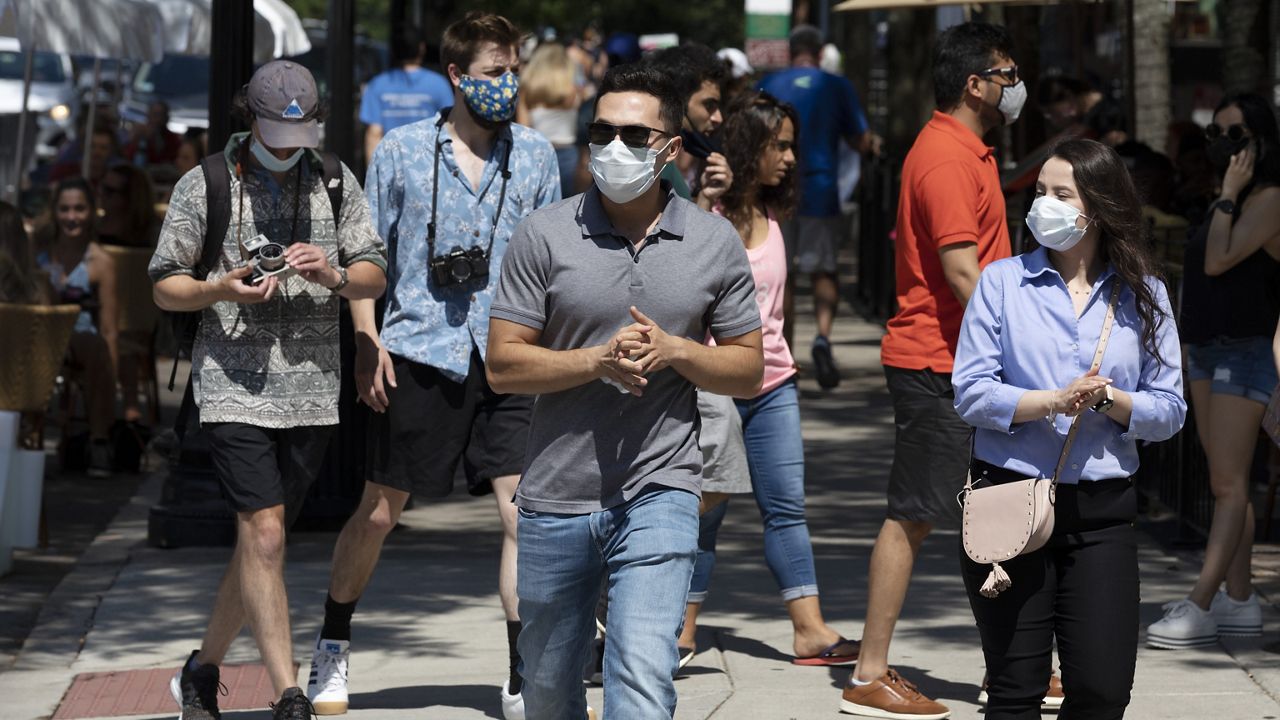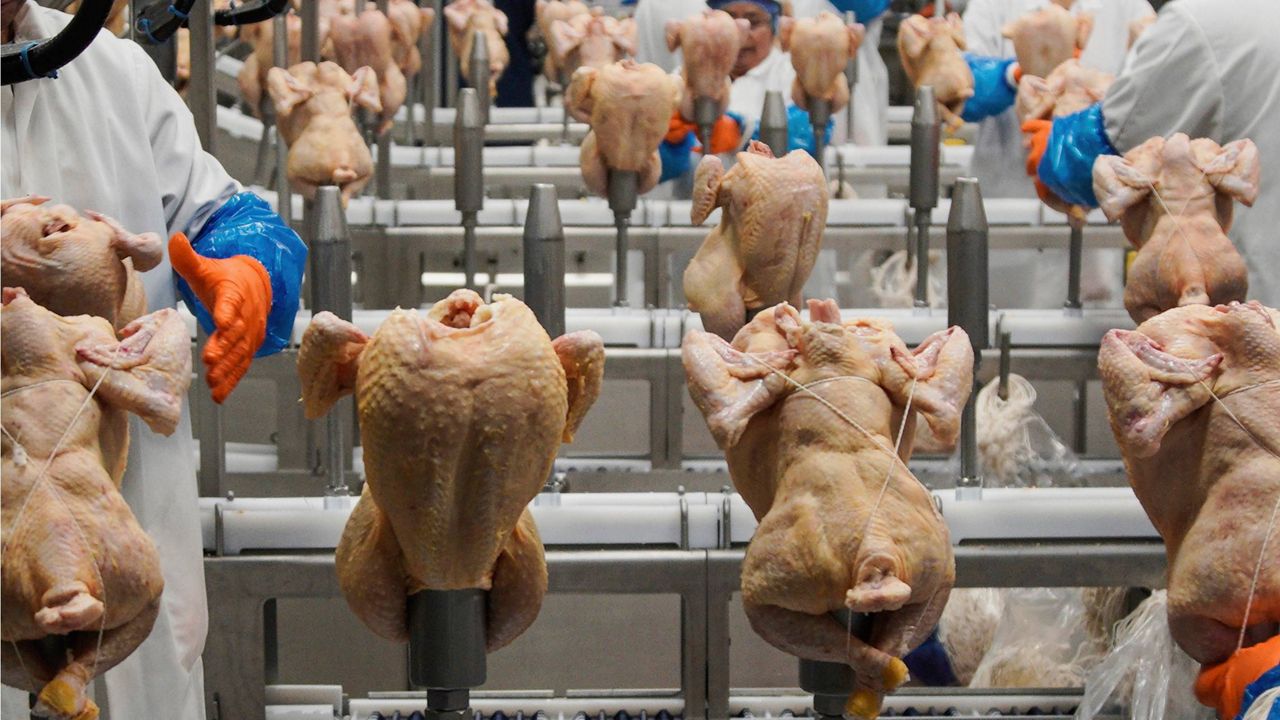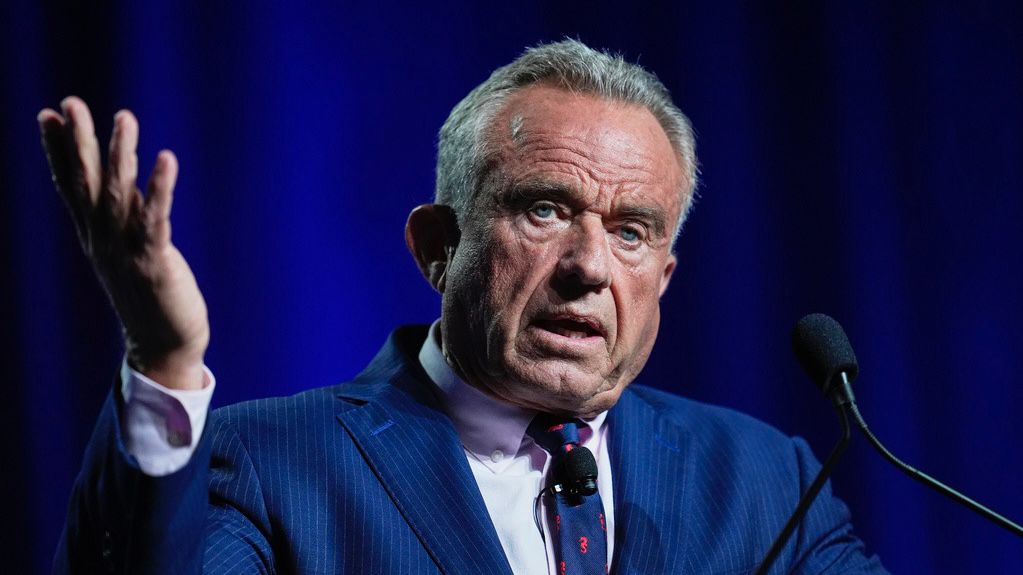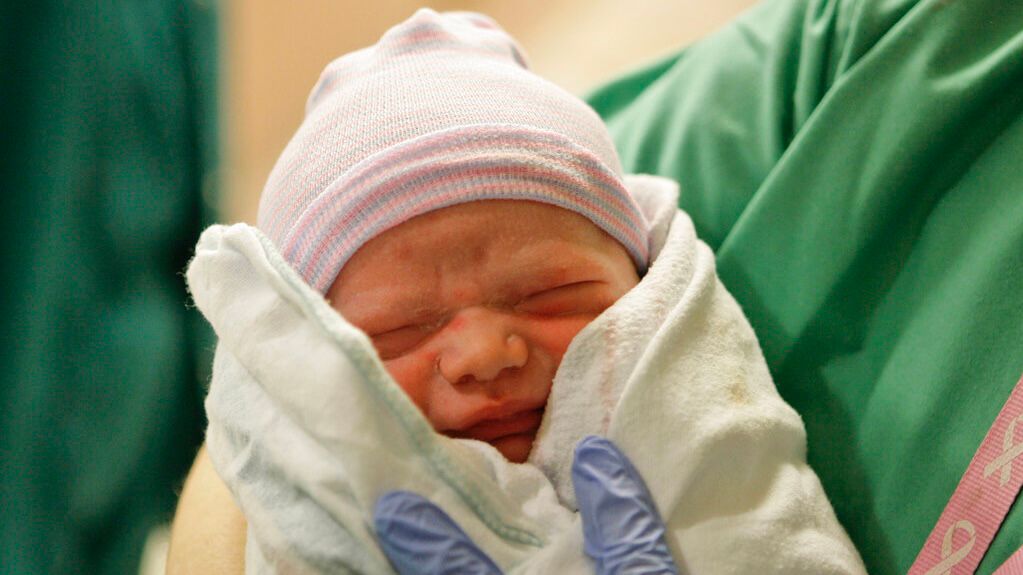Mask requirements are making a comeback in some places as COVID-19 hospitalizations are on the rise.
What You Need To Know
- Mask requirements are making a comeback in some places as COVID-19 hospitalizations are on the rise
- Hollywood studio Lionsgate, Morris Brown College and some hospitals have begun to require face coverings again
- There were nearly 13,000 people nationally hospitalized with COVID-19 last week, a number that has doubled since late June, according to the CDC
- Health officials are closely monitoring three variants
Hollywood studio Lionsgate has implemented a mask mandate on certain floors of its Santa Monica, California, offices after several employees tested positive for the virus, according to The Hollywood Reporter.
In Atlanta, Morris Brown College announced a two-week mask requirement as well as a ban on large gatherings.
And some hospitals have also begun to require face coverings again, including at Kaiser Permanente in California and two Upstate Medical University facilities in Syracuse, New York.
Meanwhile in Kentucky, the Lee County School District canceled classes Tuesday and Wednesday and shifted to remote learning Thursday and Friday, citing a wave of students and staff members being ill with COVID, strep throat, the flu or other illnesses.
There were nearly 13,000 people nationally hospitalized with COVID-19 last week, a number that has doubled since late June, according to data from the Centers for Disease Control and Prevention.
Per capita, COVID hospitalizations are highest in Delaware, North Carolina, Missouri, Florida and Hawaii, while Massachusetts, Vermont and Kentucky have seen the largest spikes over the past two weeks, according to The New York Times’ tracker.
But the numbers are still far below what they once were. For example, at this time last year, there were more than 41,000 COVID hospitalizations. And the number of deaths from the virus last week — 251 — was at the lowest point since the pandemic started in March 2020.
Health officials are closely monitoring three variants.
Earlier this month, the EG.5 subvariant, also known as Eris, became the dominant COVID-19 strain in the U.S. and was also designated a “variant of interest” by the World Health Organization.
As of last week, Eris accounted for more than a fifth of all new COVID-19 cases in the country, according to the CDC.
The subvariant FL.1.5.1, informally dubbed “Fornax,” accounts for 13.3% of cases, nearly double from two weeks earlier.
Both EG.5 and FL.1.5.1 have mutations that may help them spread more rapidly.
The WHO, however, said earlier this month the public health risk posed by EG.5 is “low at the global level” and that there is no evidence it causes more severe disease than earlier strains. Eris is a descendant of the omicron subvariant XBB.1.9.2.
In addition, the CDC issued a risk assessment summary Wednesday for the subvariant BA.2.86, which only has been identified in a handful of cases worldwide — two in the U.S. — but is notable, health officials say, because it has multiple genetic differences from previous versions of COVID-19.
It may be more capable of causing infection in people who have previously had COVID-19 or been vaccinated, the CDC said. But the agency says it’s too soon to say for sure whether it is more contagious or causes more severe disease than other strains.
The CDC suggested that BA.2.86 is likely more prevalent than reported, pointing to the fact that it’s been detected in five countries, indicating international transmission.
The agency also said the subvariant was detected in a U.S. wastewater surveillance sample, but it did not say where.
Amid the slight return to masking, the Royal Society in the United Kingdom on Thursday published a study that found there is clear evidence that stringent and quick implementation of non-pharmaceutical safety measures during the pandemic — masking, social distancing, travel restrictions and more — were effective in some countries in reducing the spread of COVID-19.








